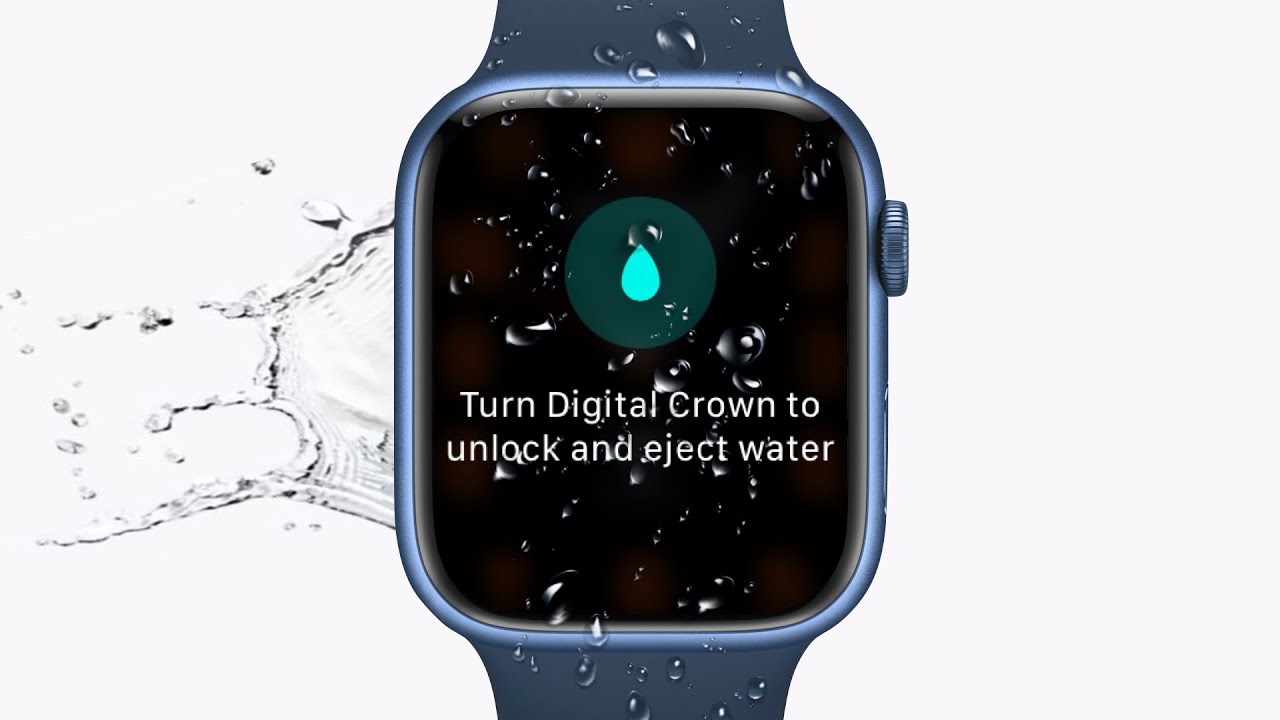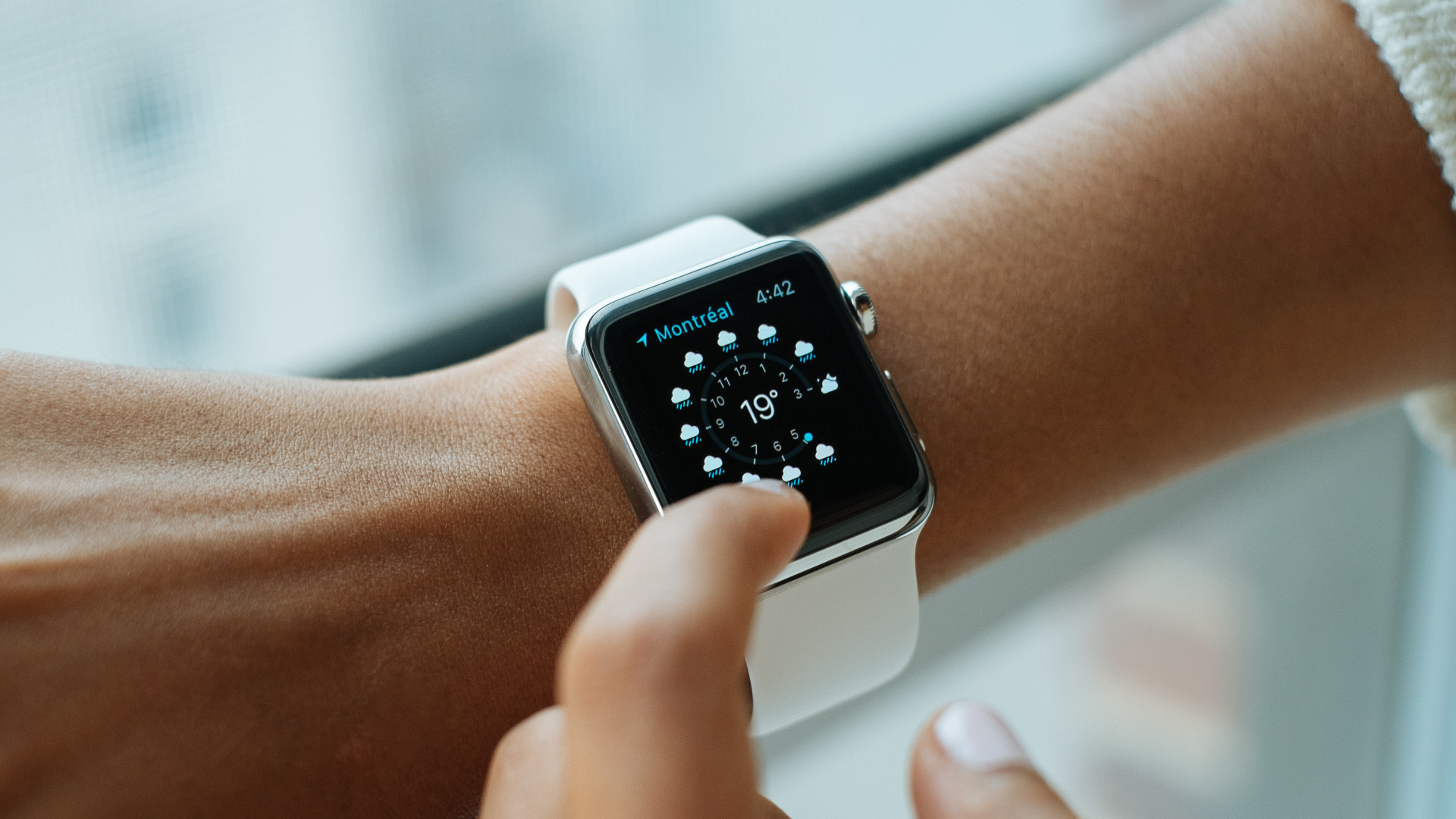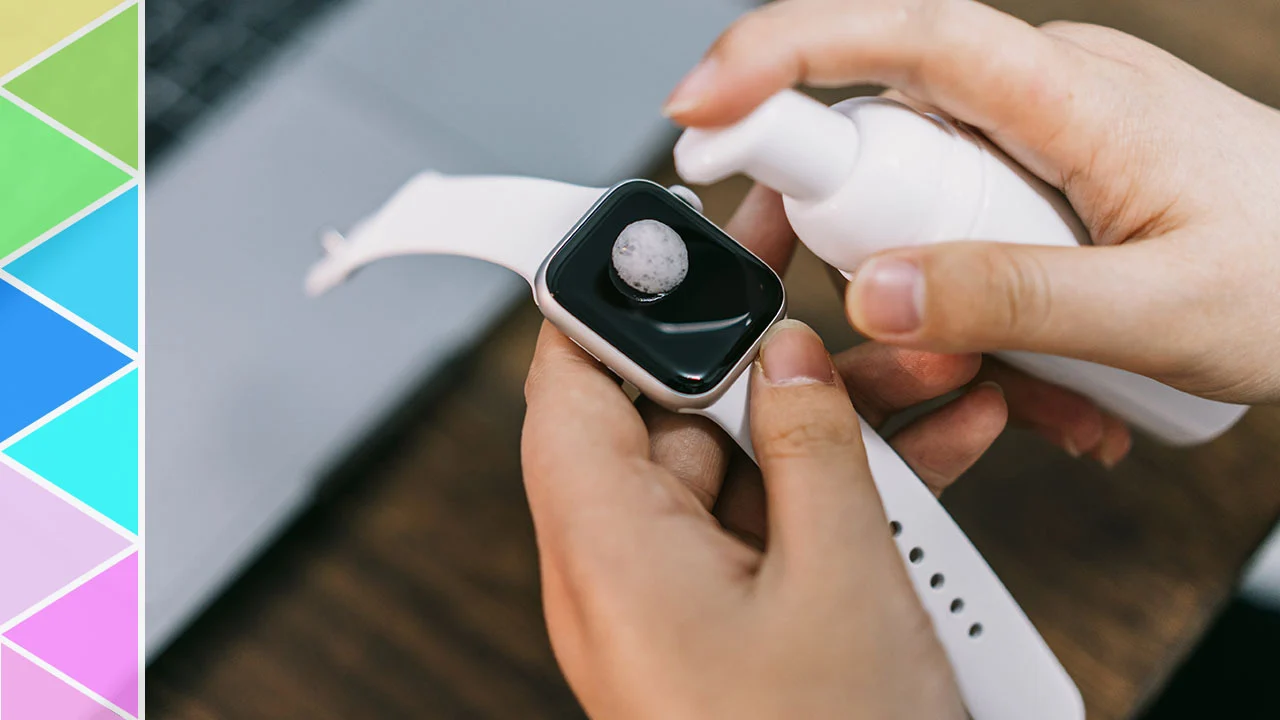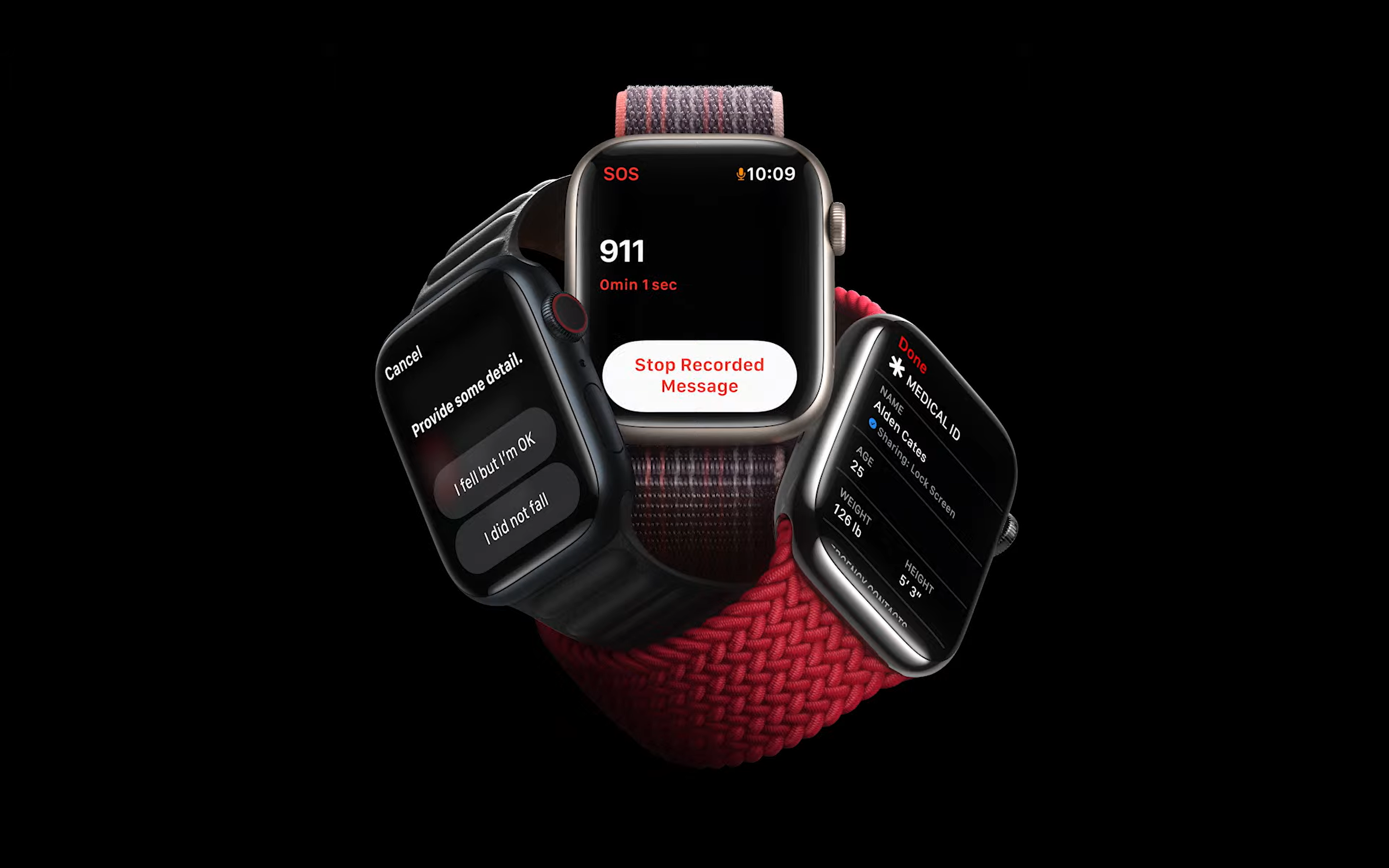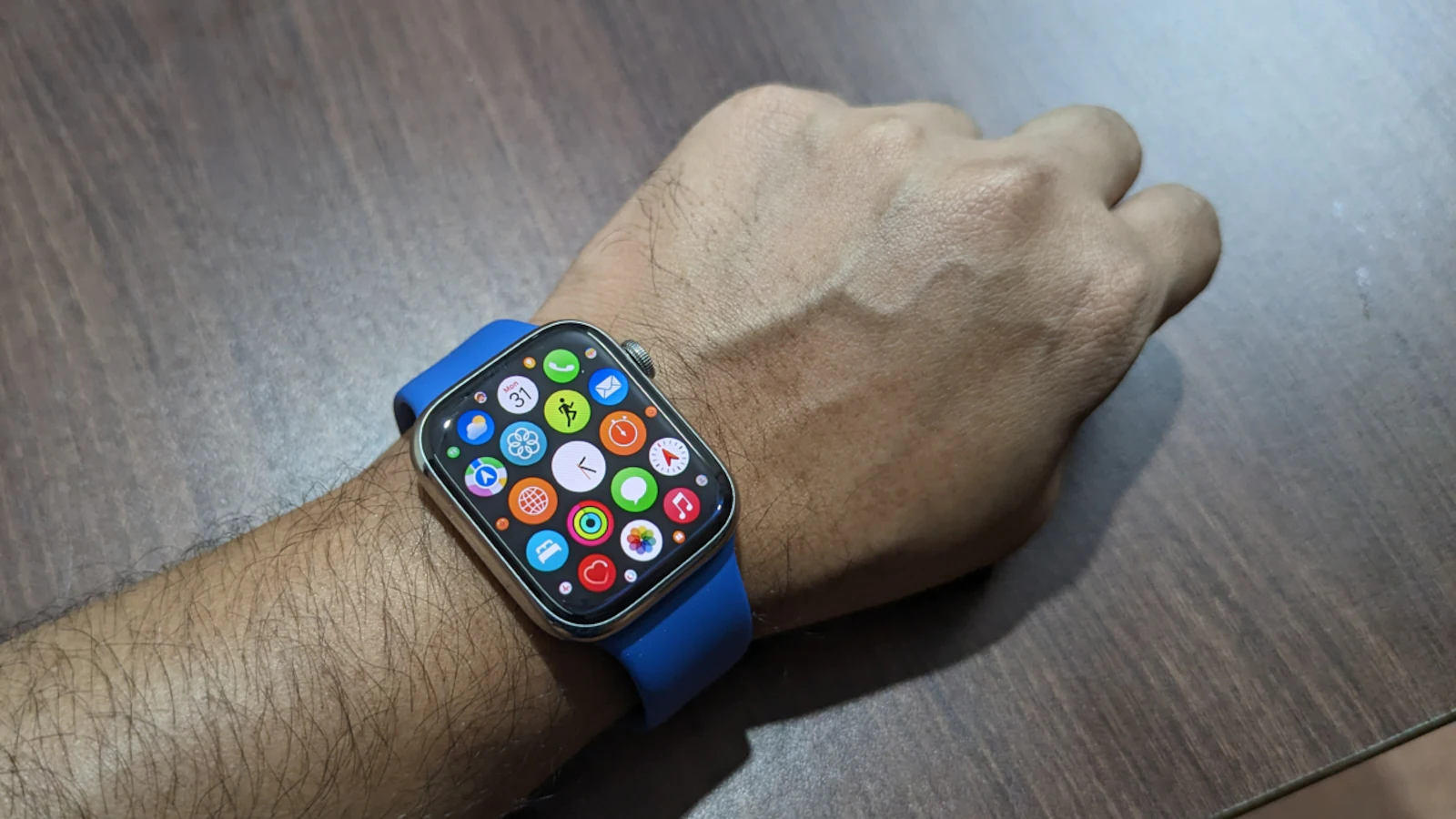Introduction
Welcome to our guide on how to release water from your Apple Watch. The Apple Watch is a remarkable device that offers numerous features and functionalities. From tracking your fitness activities to receiving notifications, it has become an integral part of many people’s lives. However, accidents happen, and your Apple Watch may end up getting waterlogged.
Water damage can be detrimental to electronic devices, including the Apple Watch. If water is left inside the watch, it can potentially cause electrical shorts, corrosion, and other issues that can affect its performance and longevity. Therefore, it is crucial to know how to release water from your Apple Watch to prevent any damage and ensure that it continues to function optimally.
This guide will provide you with step-by-step instructions on how to safely release water from your Apple Watch, as well as some important safety precautions to take beforehand. Whether you accidentally submerged your watch in water while swimming or encountered a sudden downpour, following these tips will help you effectively tackle the water situation and preserve your device.
Keep in mind that while this guide is designed specifically for Apple Watch models, the general concepts and techniques can also be applied to other smartwatches. However, it is always recommended to refer to the manufacturer’s instructions or consult a professional if you are unsure.
Why would you need to release water from your Apple Watch?
Accidents can happen at any time, and your Apple Watch may unexpectedly come into contact with water. Whether you accidentally dropped it in a pool, wore it while washing your hands, or got caught in a rainstorm, water exposure poses a significant risk to electronic devices like the Apple Watch. Understanding why you need to release water from your Apple Watch is crucial for preserving its functionality and preventing potential damage.
Firstly, water can cause short circuits in your Apple Watch. When water enters the internal components, it can disrupt the flow of electricity and lead to unexpected malfunctions, such as unresponsive touchscreens or random screen flickering. By releasing the water promptly, you can minimize the risk of short circuits and ensure the watch’s proper functionality.
Secondly, water can also result in corrosion of the internal components. The presence of moisture inside the watch can cause metals to corrode over time, leading to the deterioration of critical components. Corrosion can affect the performance and longevity of your Apple Watch, potentially rendering it unusable. Releasing the water early on can prevent or minimize the chances of corrosion occurring.
Additionallly, water can also cause damage to the screen and other external features of the Apple Watch. If water gets trapped in the tiny crevices or underneath the screen, it can lead to discoloration, fogging, or even permanently damaged pixels. Releasing the water allows the watch to dry thoroughly, reducing the risk of lasting damage to the external elements.
Lastly, releasing water from your Apple Watch ensures that the device remains hygienic. Water that gets trapped inside the watch can create a breeding ground for bacteria and other microorganisms. By releasing the water and keeping your Apple Watch clean and dry, you can maintain a healthier and more pleasant user experience.
Overall, the reasons for releasing water from your Apple Watch are to prevent short circuits, avoid corrosion, protect the screen and external features, and maintain hygiene. By following the proper procedures, you can safeguard your device and keep it in optimal condition for an extended period.
Safety precautions before releasing water
Before attempting to release water from your Apple Watch, it is essential to take some safety precautions to ensure that you do not cause further damage to the device or put yourself at risk. These precautions will help minimize the potential for accidents and will ensure a more successful water release process.
First and foremost, the most critical safety measure is to remove your Apple Watch from the water source as soon as possible. The longer the watch stays submerged, the greater the risk of water penetrating its internal components. Carefully and quickly remove the watch from water to prevent any additional damage.
Next, power off your Apple Watch. Press and hold the side button until the power options appear on the screen, then slide the Power Off slider. This step is crucial to avoid any electrical shorts or further damage that could occur when attempting to release water from a powered-on watch.
Once the watch is powered off, resist the temptation to charge or turn on your Apple Watch until it has completely dried. Connecting the watch to a power source while it is wet can cause electrical damage and pose a safety hazard.
After ensuring the watch is turned off, carefully wipe off any excess water from the external surfaces using a soft, lint-free cloth. Be gentle and avoid using excessive force or rubbing, as this can push water further into the watch’s internals.
To avoid any potential damage during the water release process, it is recommended to find a clean and dry area with good airflow to allow the watch to dry naturally. Placing the watch on a soft cloth or towel can help absorb any excess moisture and protect the watch’s surfaces.
It is important to note that while these safety precautions reduce the risk of further damage, they do not guarantee a successful water release. If there are any concerns or persistent issues after following these precautions, it is advisable to seek professional assistance or contact Apple support for further guidance.
By taking these safety precautions, you can minimize the risk of causing additional damage to your Apple Watch and ensure a safer water release process. Remember, your safety and the longevity of your device are of utmost importance.
Step-by-step guide to release water from your Apple Watch
Now that you have taken the necessary safety precautions, it’s time to follow a step-by-step guide to release water from your Apple Watch. These instructions will help you effectively remove any trapped moisture and restore your watch to optimal functioning. Remember to be patient and thorough in carrying out each step.
- Remove the watch band: Start by removing the watch band from your Apple Watch. This will allow better access to the watch and ensure that no water remains trapped underneath the band.
- Give it a gentle shake: Holding the watch face down, gently shake the Apple Watch to help dislodge any visible water droplets. Be cautious not to shake it too forcefully, as this can potentially damage the internal components.
- Dry with a soft cloth: Use a soft, lint-free cloth to carefully dry the exterior and visible parts of the Apple Watch. Pay attention to the speaker grills, charging port, and any other openings where water might have entered.
- Air dry: Allow the Apple Watch to air dry completely in a well-ventilated area. Avoid using heat sources like hairdryers or direct sunlight, as excessive heat can damage the internal components. Patience is key here, as it may take several hours for the watch to dry thoroughly.
- Check for water indicator: Once the watch has dried, inspect the water indicator on the side of the watch. Depending on your Apple Watch model, the water indicator may differ in shape or location. If the indicator has turned red or if you see any signs of water damage, it is crucial to contact Apple support for further assistance.
- Reattach the watch band: Once you are confident that the watch is completely dry, reattach the watch band securely. Ensure that it is properly aligned and snug on your wrist.
- Power on the Apple Watch: Press and hold the side button until the Apple logo appears to power on the watch. Test its functionality to ensure that all features are working correctly.
By following these step-by-step instructions, you can safely release water from your Apple Watch and minimize the risk of further damage. It is important to note that while these steps address minor water exposure, significant water damage may require professional assistance or consultation with Apple support.
Additional tips and tricks for water release
While the previous section provided a step-by-step guide to release water from your Apple Watch, there are some additional tips and tricks that can further enhance the water release process. These tips can help maximize the effectiveness of drying and minimize the risk of potential damage to your device.
- Use desiccant packets: Desiccant packets, often found in packaging of electronics or shoe boxes, can help absorb moisture. If you have access to these packets, place one or two near the Apple Watch while it is drying to aid in the drying process.
- Utilize rice or silica gel: Place the watch in a sealed container with uncooked rice or silica gel packets. These materials have moisture-absorbing properties and can help accelerate the drying process. However, be cautious not to let the watch come into direct contact with the rice or silica gel.
- Consider using a dehumidifier or fan: If you live in a humid environment or want to speed up the drying process, placing the Apple Watch near a dehumidifier or in front of a fan can help remove excess moisture from the surroundings.
- Avoid rapid temperature changes: While you may be tempted to expose the watch to heat sources or extreme temperatures to dry it quickly, this can cause further damage. Avoid exposing your Apple Watch to rapid temperature changes, as it can lead to condensation forming inside the device.
- Regular maintenance: To prevent water damage in the future, it’s essential to perform regular maintenance on your Apple Watch. Clean the watch regularly with a damp cloth and ensure that all ports and openings are free from debris or residue. This will help maintain the watch’s water resistance and prevent any issues.
- Consider a waterproof case: If you frequently expose your Apple Watch to water, such as during swimming or water sports, you might want to invest in a waterproof case. These cases provide additional protection and can help prevent water from entering the watch in the first place.
By incorporating these additional tips and tricks into your water release process, you can improve the effectiveness of drying your Apple Watch and minimize the risk of potential damage. However, it’s important to remember that prevention is always better than a cure. Whenever possible, avoid exposing your Apple Watch to water or other liquids to maintain its longevity and functionality.
Conclusion
Water exposure can be a concerning situation for Apple Watch owners, but knowing how to effectively release water from your device is crucial for its preservation. By following the step-by-step guide and implementing the safety precautions outlined in this article, you can minimize the risk of damage and ensure that your Apple Watch continues to function optimally.
Remember to act swiftly and remove the watch from the water source as soon as possible. Power off the device and carefully dry the exterior before allowing it to air dry. Taking these precautions will help prevent short circuits, corrosion, and damage to the screen or external features of your Apple Watch.
In addition to the recommended steps, the additional tips and tricks provided can further aid in the water release process. Utilizing desiccant packets, rice or silica gel, and maintaining regular maintenance practices can enhance the overall effectiveness of drying and prevent future water-related issues.
It’s essential to note that significant water damage may require professional assistance or consultation with Apple support. If you notice any persistent issues or signs of water damage, reach out to the appropriate channels for guidance.
By being proactive and following these guidelines, you can safeguard your Apple Watch from the detrimental effects of water exposure. Preserve the longevity and functionality of your device, allowing you to continue enjoying its numerous features and capabilities.







